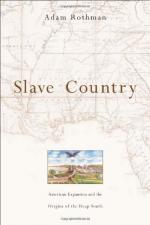|
This section contains 761 words (approx. 3 pages at 300 words per page) |

|
Fur Trappers.
In the early nineteenth century, beaver hats were at the height of fashion for men. To obtain beaver pelts, trappers traveled into the mountains in small parties during the spring and fall. A typical trapper carried about half a dozen traps, seldom more, for the traps were heavy. The traps, which were forged by hand, cost the fur companies $2.00 to $2.50 each but were sold to trappers at $12.00 apiece. To catch a beaver, the trapper set traps in a stream and baited them with castor, an oily substance derived from beaver glands. Great care was taken to ensure that the beaver would not be able to detect human scent. If the trap was set properly, the beaver would drown, although escaped beavers and lost traps were not uncommon. Once dead, the beaver could be skinned on the spot or taken to...
|
This section contains 761 words (approx. 3 pages at 300 words per page) |

|




